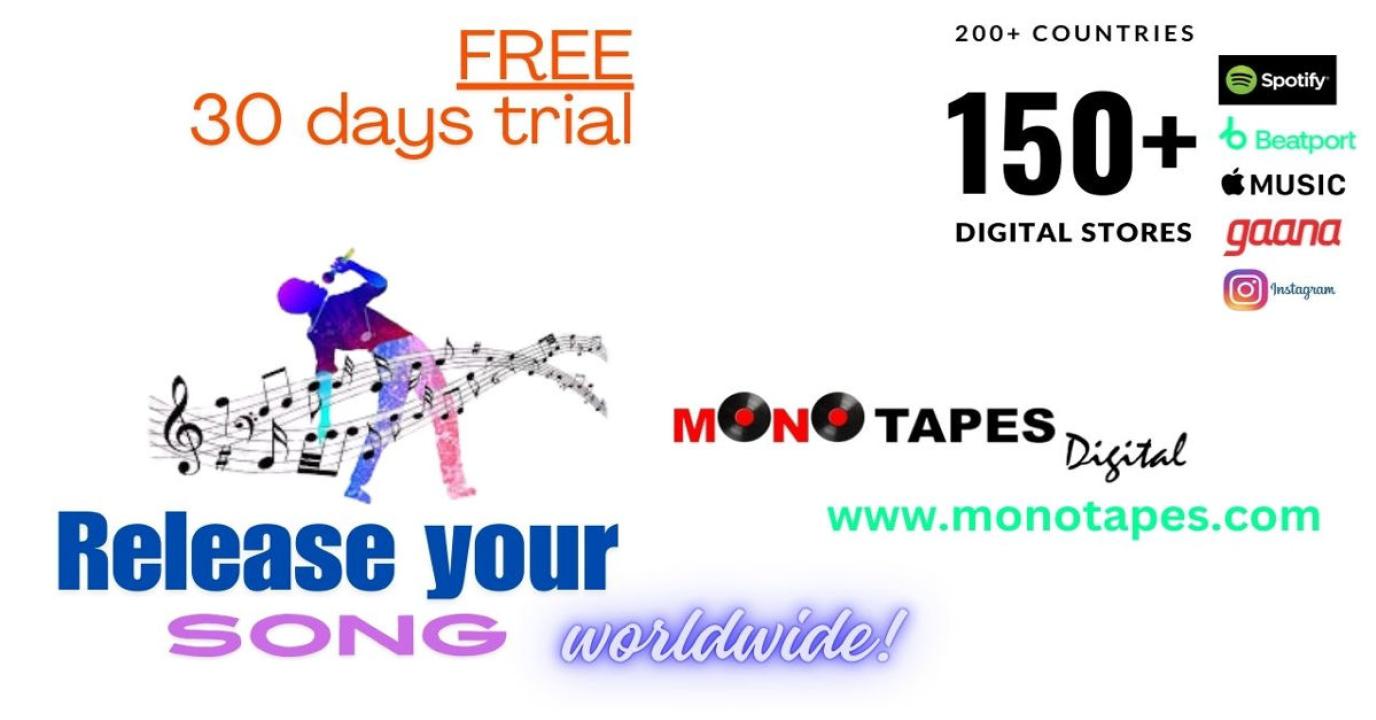Introduction
to the Evolution of Music Distribution
The rise of digital music
distribution has revolutionized the way artists share their work with the
world. Before the advent of digital platforms like Spotify,
Apple Music, and SoundCloud, artists heavily relied on physical copies, such as
CDs and vinyl, to promote and sell their music. The digital revolution has broken
down these barriers, allowing artists to reach global audiences with a few
clicks. However, this paradigm shift has had a profound effect on live
performances and touring—an integral part of any artist's career.
In this article, we will explore the
impact of digital music distribution
on the live performance landscape, examining how it has reshaped touring
economics, audience expectations, and artist creativity.
The
Shift from Album Sales to Live Performances as a Revenue Stream
In the past, musicians made the
majority of their income from album sales, with touring acting as a
promotional tool to drive record purchases. With the rise of digital
streaming platforms, the economics of the music industry have fundamentally
shifted. Today, artists earn far less from streaming, which pays only fractions
of a cent per play, than they did from physical album sales. Consequently, live
performances and touring have become the primary revenue source for many
artists.
Decline
in Album Sales and Rise in Ticket Sales
The financial model that underpinned
the music industry for decades has shifted due to digital distribution.
Streaming services like Spotify and Apple Music have made it easy for listeners
to access vast libraries of music for a nominal fee, but this convenience has
drastically cut the profit margins for musicians. Artists now earn much less
per stream than they ever did per album sold, which forces them to rely on
ticket sales and merchandise from live performances to sustain their careers.
The demand for live music has increased as a result, and touring has become
more important than ever for both new and established artists.
Touring
as a Marketing Tool in the Digital Age
Live performances have taken on new
significance as a marketing tool in an age dominated by digital platforms. With
the oversaturation of music online, it’s increasingly difficult for new artists
to stand out. Touring and live shows now offer artists a way to connect
directly with their audience in a more personal and impactful way, which helps
build a dedicated fan base.
Building
a Brand through Live Performances
Today, many artists use their tours
as a key aspect of their overall brand strategy. A well-executed live show can
create a memorable experience for fans, leading to increased word-of-mouth
promotion and social media buzz. This exposure often translates into higher
streams and greater visibility across digital platforms. Artists now craft
their shows as an extension of their online persona, blending digital and
physical experiences to create immersive performances.
Additionally, social media plays a
major role in amplifying the impact of live performances. Fans can instantly
share moments from concerts, driving more attention to the artist and boosting
their online following. In many cases, the viral effect of live performances
on social platforms like Instagram, TikTok, and Twitter has propelled artists
to new levels of success.
Impact
of Streaming on Tour Locations and Audience Demographics
With digital music distribution,
artists now have access to detailed analytics that show where their music is
being streamed the most. These insights allow artists and their management
teams to make strategic decisions about where to tour. This data-driven
approach enables artists to focus their efforts on cities and regions where
they are most likely to sell out shows.
Strategic
Touring Based on Streaming Data
Before the rise of digital
streaming, tour planning was based largely on album sales and radio play, which
could be inaccurate indicators of fan engagement in specific locations. With
real-time data from streaming platforms, artists can now identify where they
have the most engaged listeners, allowing them to optimize their tour
schedules. As a result, touring strategies have become more precise,
reducing the risk of playing in cities with low turnout while maximizing
attendance in regions where fanbases are most passionate.
This level of precision has not only
allowed artists to target audiences more effectively but also to cater to niche
markets that might not have been viable in the past. For instance, an artist
with a small but loyal following in a foreign country can now justify a tour
stop there because streaming data shows that the fanbase is highly engaged.
Challenges
of Digital music Distribution for Touring Artists
While digital music
distribution has opened up numerous opportunities, it has also introduced
several challenges for touring artists. The most significant challenge is the
decrease in direct revenue from music sales. With lower profit margins from
digital streaming, many musicians find it more difficult to fund extensive
tours, which often require significant upfront investment in travel,
accommodations, and production.
Increased
Competition in the Live Performance Arena
The digital age has also led to an
oversaturated market for live performances. More artists are touring than ever
before, and as a result, competition for venues and audience attention has
intensified. Smaller artists, in particular, struggle to secure dates at
prominent venues, and they often have to compete with larger acts for
visibility.
Additionally, because live
performances have become such an essential part of an artist’s revenue stream,
there is growing pressure to deliver exceptional shows. This often means higher
production costs, which further squeezes margins for independent or emerging
artists.
The
Future of Live Performances in the Digital Era
Looking ahead, the future of live
performances is likely to continue evolving alongside the rapid changes in
digital music distribution. Technologies like virtual reality (VR) and augmented
reality (AR) are beginning to make their way into the live performance
space, offering fans new ways to experience concerts from the comfort of their
homes. These advancements are blurring the lines between physical and digital
spaces, opening up new possibilities for artists to engage with their
audiences.
Hybrid
Concert Models: Combining Physical and Digital
One emerging trend is the rise of hybrid
concerts, where artists perform live in a physical venue while
simultaneously broadcasting the show to a global online audience. This model
allows musicians to reach fans who may not be able to attend in person, while
still maintaining the intimate, immersive atmosphere of a live performance. As
internet speeds and streaming technologies improve, we can expect to see more
artists experimenting with this format, making live performances accessible to
an even wider audience.
Conclusion:
The Symbiotic Relationship Between Digital Music Distribution and Touring
The digital music landscape has
undeniably reshaped the way artists engage with their audiences and monetize
their careers. While the shift toward streaming has made it harder for
musicians to profit from recorded music, it has also elevated the importance of
live performances and touring as critical components of an artist's
revenue and marketing strategy.
Through the strategic use of
streaming data, savvy branding, and innovations in live performance
technologies, artists today can thrive in both the digital and physical realms.
As digital music distribution continues to evolve, so too will the ways in
which artists approach live performances, ensuring that concerts remain a vital
and dynamic part of the music industry.













